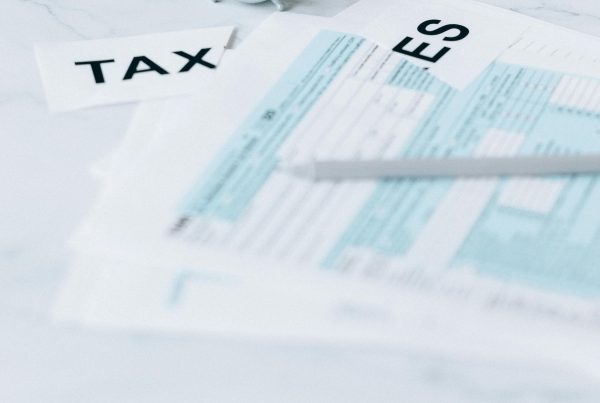Employers Beware: Increase in Super Guarantee
From 1 July 2021, the rate of super guarantee increased from 9.5% to 10%. Businesses using manual payroll processes should be careful that this change doesn’t lead to unintended underpayment of super, which may attract penalties. The rate employers should use to calculate super contributions depends on the date that they are paying their employees – it doesn’t matter if the work was performed in a different quarter. The new rate of 10% is the minimum percentage now required by law, but employers may pay super at a higher rate under an award or agreement.
Depending on how a business’s employment contracts are structured (eg a package, or base pay plus superannuation), the new extra 0.5% may either come from the employee’s existing gross pay or be extra payment on top of their salary.
Most payroll and accounting systems will have incorporated the increase in their super rate, but it’s always good to check. If your clients are still using a manual process to pay their employees, they will need to work out how much super to pay under the new rate. The process is fairly simple: they will just need to multiply an employee’s ordinary time earnings based on salary and wages paid in the quarter by 10% (or a higher rate if one applies under an award or agreement).
Remember, the rate used to calculate super contributions depends on the quarter that in which the business is paying its employees in. It does not matter if the work is performed in a different quarter. The 10% super guarantee applies to all super payments made after 1 July 2021.
Example
Trevor is an employee of Ian and is paid fortnightly. For the pay period ending 27 June 2021, Trevor’s ordinary time earnings for the fortnight are $2,000. Ian pays Trevor on 1 July 2021. The minimum super contribution for Trevor for the pay period ending 27 June 2021 is $200 (ie $2,000 × 10%). However, if Ian had made a payment on 27 June 2021, the minimum super contribution would have been $190 (ie $2,000 × 9.5%).
Now imagine that Trevor’s fortnightly pay period spans from 21 June 2021 to 5 July 2021, and Ian makes a payroll payment on 9 July 2021. Because the payment is made after 1 July 2021, the minimum super contribution Ian has to make on behalf of Trevor is still $200 (ie $2,000 × 10%); it does not matter that some of the work was performed in a different quarter.
Payment Schedule
Employers may not necessarily have to pay their employees’ super every pay cycle, but payment needs to be made at least four times a year (ie at least once each quarter). For the 1 July to 30 September quarter, super guarantee contributions are due by 28 October. Employers that miss this payment due date may be subject to the super guarantee charge and other penalties.
It should also be noted that some super funds, employment awards and contracts require employers to pay super more regularly than quarterly; therefore, various contractual obligations should be checked before moving to a quarterly remittance cycle.
Future Impact
This latest increase to 10% is by no means the last time the super guarantee rate will change over the next few years. From 1 July 2022 to 30 June 2023 (ie next financial year) the rate will increase to 10.5%, followed by another 0.5% point increase to 11% in the 2023–2024 financial year. So, employers will need to be on their toes to make sure the right amount of super guarantee is paid for the next few years.
Important: Clients should not act solely on the basis of the material contained here. Items herein are general comments only and do not constitute or convey advice per se. Also, changes in legislation may occur quickly. We, therefore, recommend that our formal advice be sought before acting in any of the areas.



